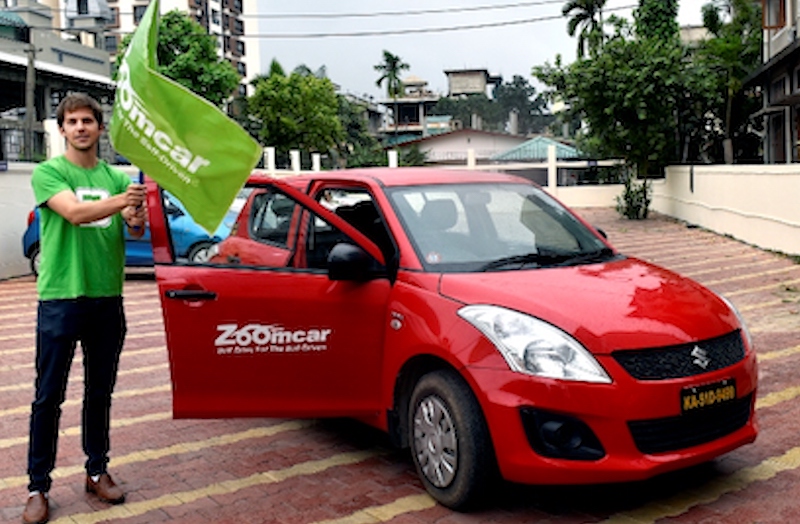When launching a project, expanding a business, or entering a new market, success doesn’t only depend on the product or service you offer—it hinges on how well you understand and align with local considerations. These are the geographic, cultural, economic, regulatory, and infrastructural factors that define how initiatives will be received and sustained in a specific area.
Ignoring local context can result in mismatched services, regulatory hurdles, or community resistance. This blog explores how local considerations impact various aspects of development and offers actionable insights to ensure your efforts succeed in any community you serve.
Understanding Local Demographics and Community Dynamics
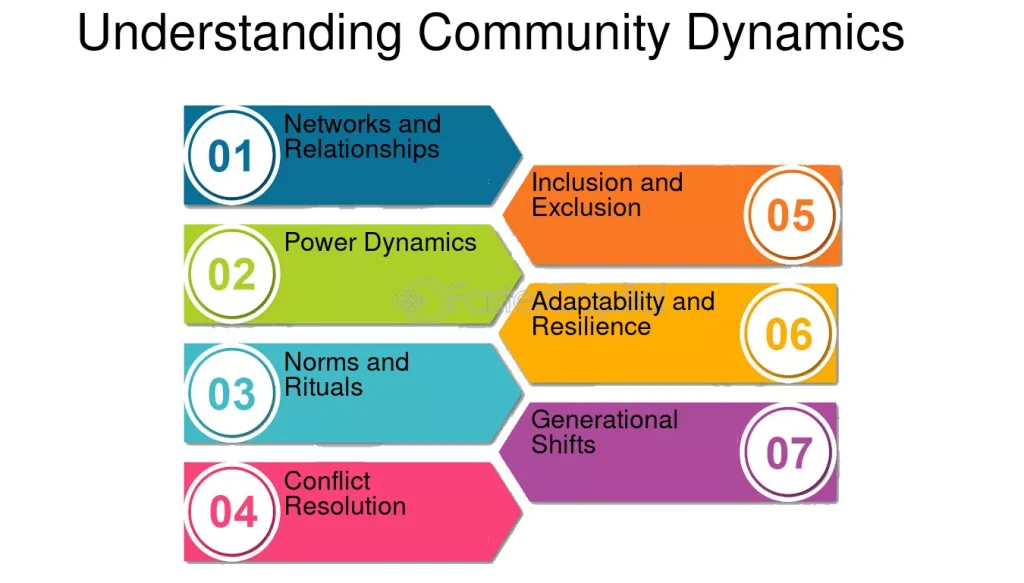
Before stepping into a new area, take a deep dive into the demographics and social makeup of the community. This includes age distribution, gender ratios, income levels, educational backgrounds, employment rates, ethnic diversity, and religious affiliations. These variables determine not only the market potential but also how to communicate and engage effectively.
For instance, a region with a high youth population may prioritize tech, education, or entertainment-related projects. A community with an older demographic might value healthcare access, ease of mobility, or quiet public spaces. Income data helps you price products or services appropriately, while educational levels can inform marketing language and skill availability in the job market.
Conducting surveys, using census data, and speaking with local leaders can uncover hidden trends and preferences. A clear demographic profile allows for tailored offerings that meet real needs—not assumptions—resulting in stronger engagement and higher success rates.
Cultural and Social Norms: The Invisible Influence


Culture is not always written down, but it speaks volumes. Failing to respect or align with cultural and social norms can derail even the best-intentioned project. Every region has unspoken rules—what is acceptable, what is taboo, how people interact, and what they value.
Take religion, for example. In some communities, certain days of the week are sacred, which could affect business hours. Gender roles may dictate how services are accessed or who makes household purchasing decisions. Language, dress codes, communication tone, and even color symbolism can all influence perception.
To navigate these nuances, engage directly with community members. Host focus groups, attend local events, and ask for feedback early on. Hiring locals or collaborating with cultural consultants ensures campaigns, services, and communication styles are appropriate and well-received.
Respecting culture isn’t just about avoiding offense—it’s about showing genuine interest in and commitment to the people you’re serving. This earns loyalty and trust.
Economic Environment and Consumer Behavior
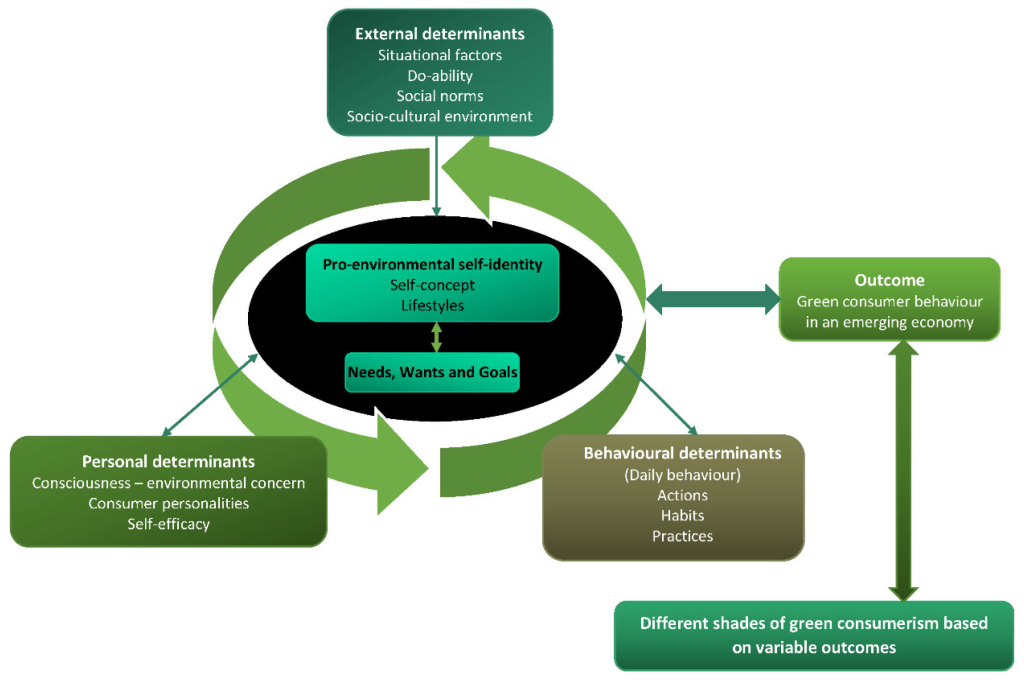
A critical component of local considerations is the economic climate. Understanding how wealth is distributed, what industries dominate, and what financial challenges exist in the area helps you build a relevant and sustainable business model.
If the local economy is heavily reliant on agriculture or manufacturing, service-based tech products might require education or adjusted pricing. In affluent urban areas, premium services or luxury items may perform better. Consumer behavior is shaped by economic factors—how much people spend, what they value, and what alternatives they have.
To adapt, conduct a market assessment to understand pricing sensitivity, competitive landscape, and purchasing priorities. Consider creating tiered pricing models or offering value-added services for lower-income areas. Investing in local employment or supply chains can also support the economy, increase goodwill, and reduce costs.
Being aware of the local economic pulse allows you to position your project as both viable and beneficial.
Legal and Regulatory Compliance

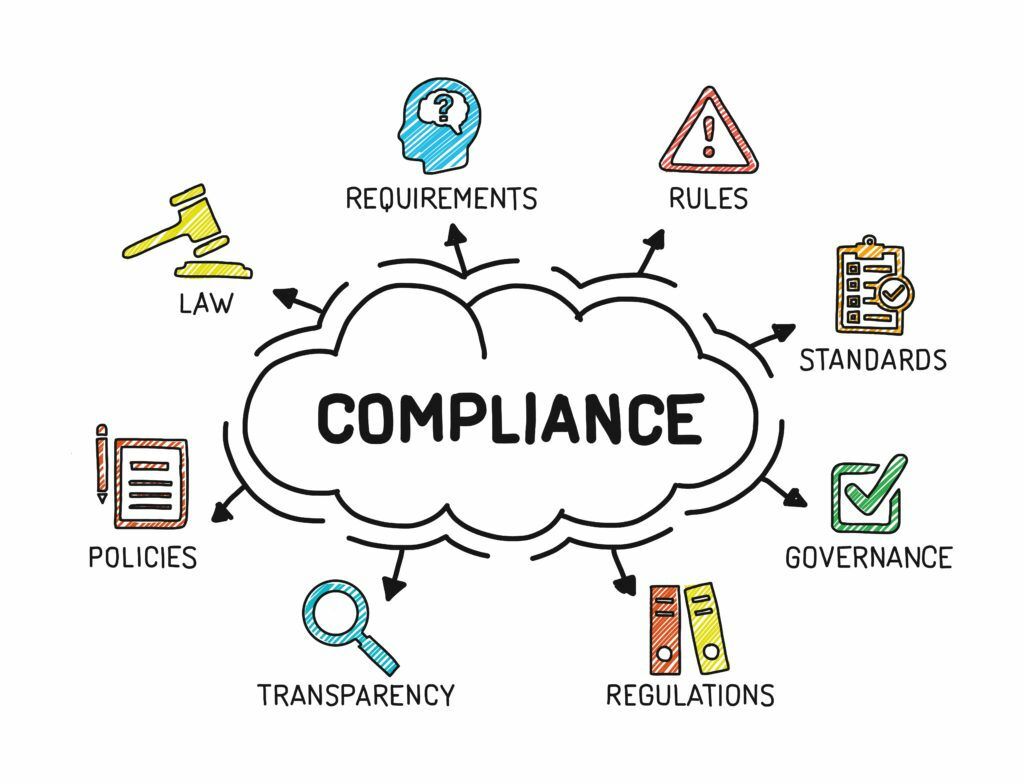
One of the most common pitfalls in regional expansion is overlooking local laws and regulations. Every district, city, or municipality may have unique rules governing land use, construction, taxes, employment, and operations.
Failing to comply can lead to project delays, fines, or even shutdowns. Before investing time and money, research applicable zoning laws, licensing requirements, environmental guidelines, labor laws, and safety standards.
For example, a commercial kitchen might require special ventilation systems and health inspections that differ by city. An educational center might need state accreditation or specific staff qualifications. If you’re opening a factory, emission limits, waste disposal protocols, and water usage laws all vary regionally.
Work with local legal experts, business consultants, or government liaisons. Attend city planning meetings and build relationships with officials to stay ahead of new legislation. Proactive compliance keeps your project on track and fosters trust with local authorities.
Infrastructure and Accessibility Considerations
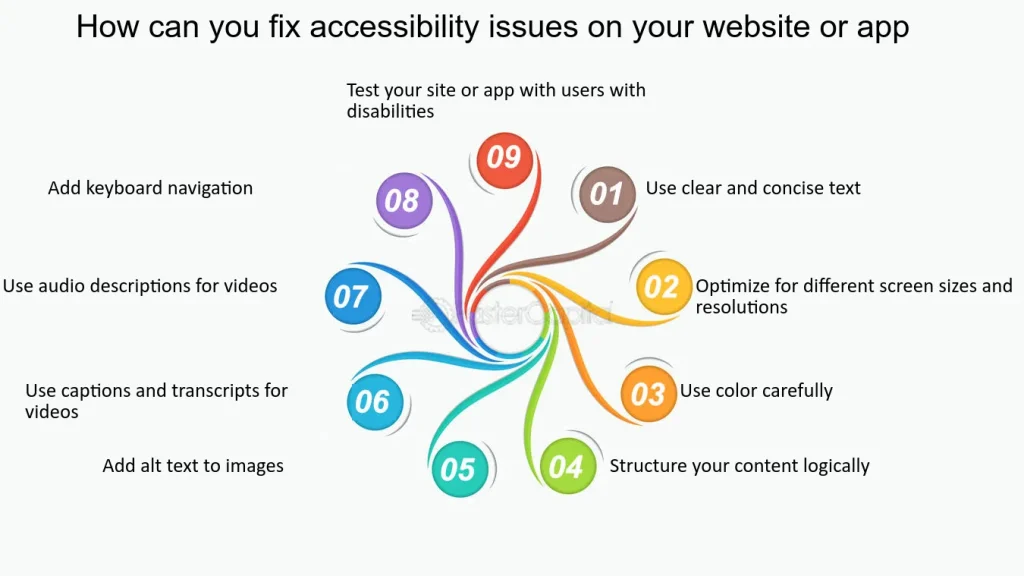
Infrastructure defines the logistical feasibility of your operations. Whether you’re building a facility, setting up a delivery network, or launching a public event, understanding the local infrastructure is crucial for success.
This includes roads, public transportation, water supply, electricity, internet access, waste management, and emergency services. Poor road quality might delay logistics. Limited electricity or internet can interrupt service delivery or back-office functions. Inadequate waste systems can increase costs or health risks.
Also consider accessibility—can customers, employees, and vendors reach your location easily? Are there nearby hospitals, schools, or supply chains that may benefit or compete with your initiative?
Conduct a location audit to identify strengths and weaknesses in infrastructure. In some cases, you may need to invest in upgrades or collaborate with local agencies to enhance access. Long-term success often depends on how well your project integrates with—or improves—the physical environment around it.
Community Engagement and Stakeholder Involvement

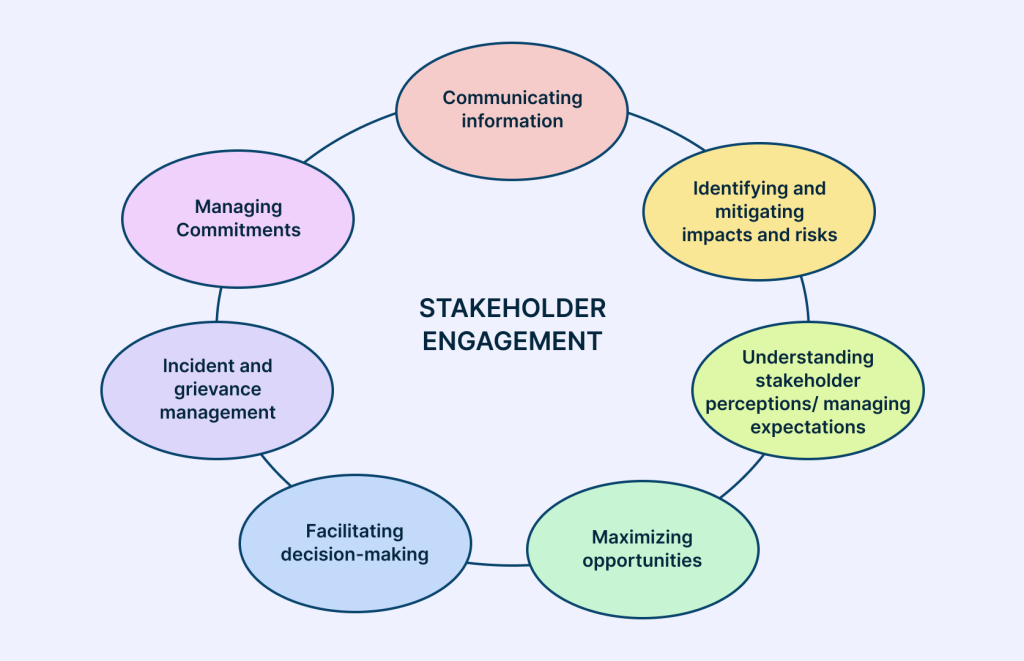
Even the most well-planned initiative can fail without community buy-in. Local residents, businesses, and leaders should be seen as stakeholders, not just observers. They can provide vital feedback, help troubleshoot issues, and serve as ambassadors for your project.
Start by identifying key groups: local government, NGOs, neighborhood associations, religious leaders, schools, or advocacy groups. Each may have different concerns or priorities. Use town halls, listening sessions, or community surveys to hear their views. If there’s opposition, understand the “why”—it might be fear of displacement, environmental impact, or lack of transparency.
Stakeholder collaboration also opens doors to funding, partnerships, and local talent. When people feel heard and included, they are more likely to support your goals. A shared sense of ownership often leads to smoother execution, stronger adoption, and long-term community loyalty.
Environmental and Sustainability Factors
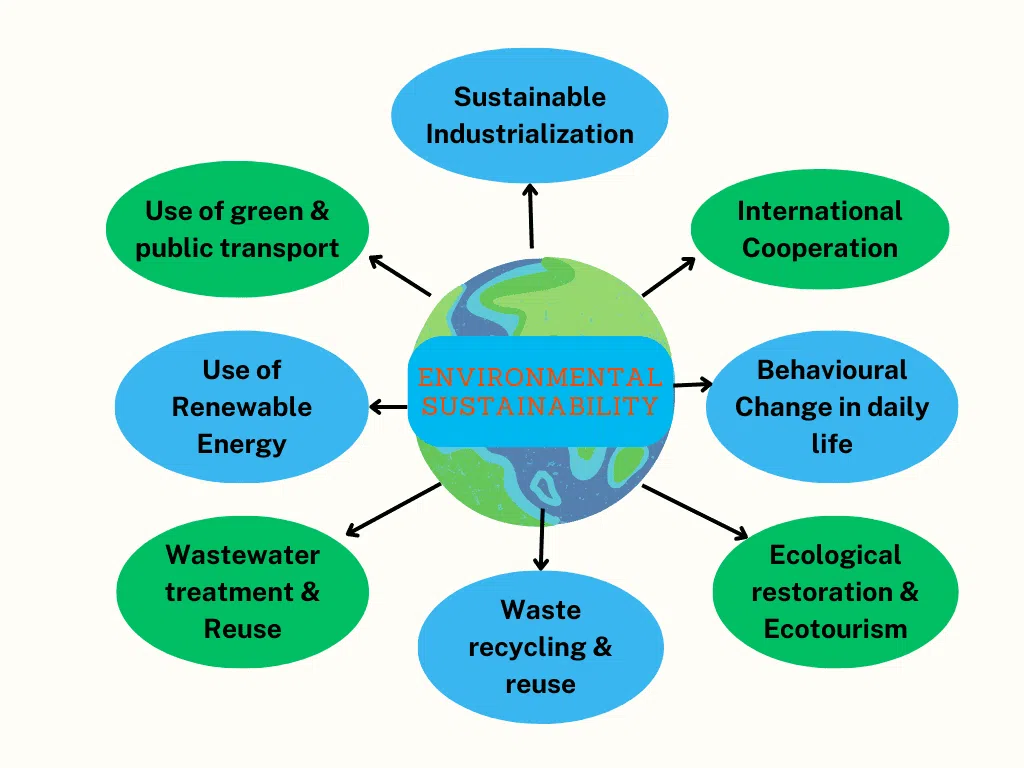
More than ever, communities expect projects to be environmentally responsible. From water usage to energy consumption to waste disposal, your project’s environmental footprint can either build goodwill or spark backlash.
Start by performing an Environmental Impact Assessment (EIA) to understand how your project affects air quality, natural habitats, noise levels, and nearby water sources. Consider climate risks—flood zones, drought-prone areas, or earthquake faults—when choosing locations and designing facilities.
Incorporate sustainable practices such as renewable energy, recyclable materials, rainwater harvesting, or green roofing. Many governments offer incentives for eco-friendly design, and many consumers prefer supporting businesses that demonstrate sustainability.
Going green isn’t just ethical—it’s strategic. It reduces long-term operating costs, enhances brand image, and prepares your operations for future regulations. Show the local community that you’re not just here to extract value—but to protect and contribute to their environment.
Conclusion: Local Considerations Drive Meaningful Success
The most successful projects and businesses aren’t the ones with the biggest budgets—they’re the ones that understand and respect the local landscape. By carefully studying demographics, respecting culture, complying with regulations, and building strong local relationships, you create something built to last.
Local considerations are not just checkboxes—they’re a mindset. A mindset that says, “We’re not just doing business here—we’re becoming part of the community.”
So whether you’re expanding into a new city or launching a new service, use local insights not as obstacles, but as a strategic foundation. The results will speak for themselves—in community support, operational efficiency, and long-term growth.



